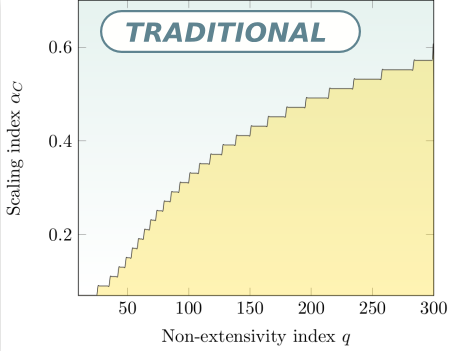Wavelet q-extropies of fractal signals
DOI:
https://doi.org/10.4279/pip.170004Keywords:
Fractals, wavelet entropies, extropies, fractal signal classificationAbstract
The standard Tsallis and R´enyi extropies of parameter q are extended to the time-scale domain, and closed-form expressions of these extropies for fractal signals of parameter α are obtained. Wavelet extropy planes are computed for a range of the fractality parameter α and signal length N which allows an unveiling of the properties and potential applications of wavelet q-extropies on fractals. Results indicate that wavelet q-extropies allow accurate description of the complexities of fractals since they are maximum for completely random samples, decreasing for correlated fractals and increasing for uncorrelated fractals. Unlike Shannon and R´enyi, Tsallis extropies display a constant region, symmetric on α, which allows classification of fractals based on a simple heuristic of wavelet extropy values. Finally, the application of wavelet Tsallis extropies allows the differentiation of electroencephalogram (EEG) times series from volunteers with eyes closed and eyes open.

Downloads
Published
How to Cite
Issue
Section
License
Copyright (c) 2025 Julio César Ramírez Pacheco, Joel Antonio Trejo Sánchez, Luis Rizo Domínguez

This work is licensed under a Creative Commons Attribution 4.0 International License.
Authors agree to the PIP Copyleft Notice













